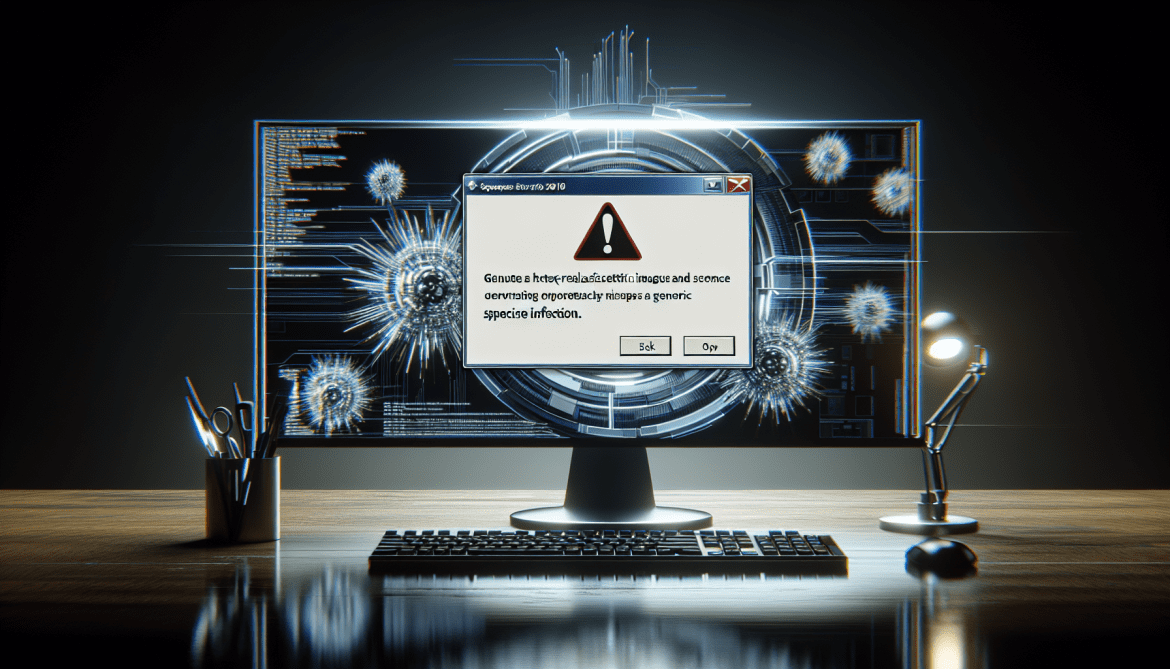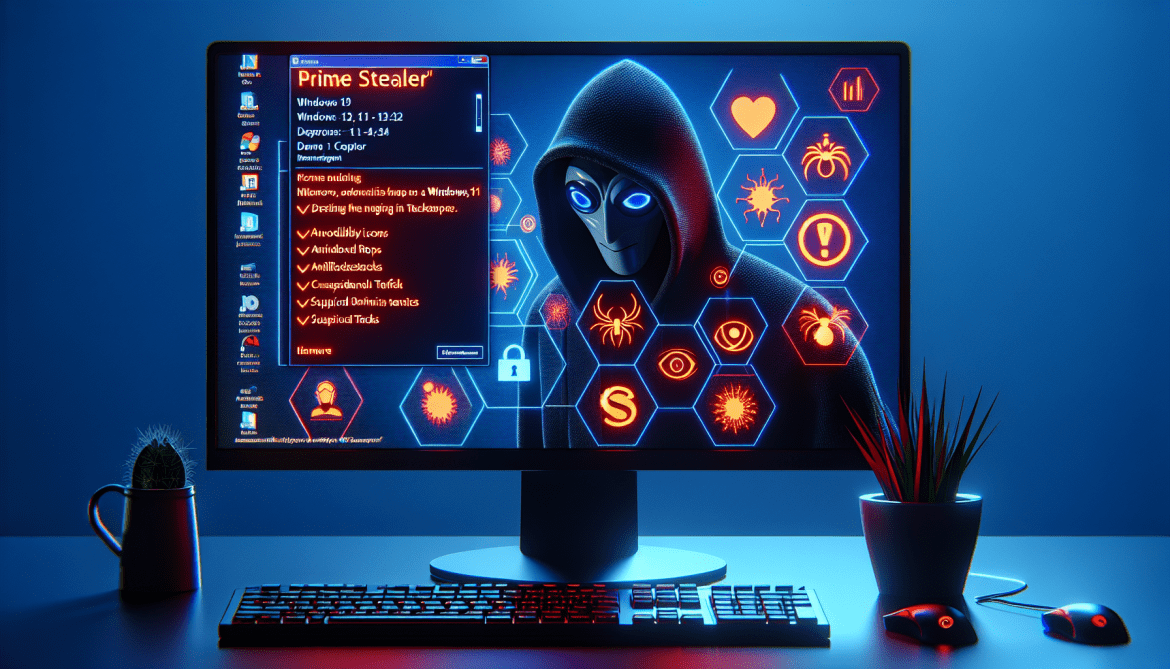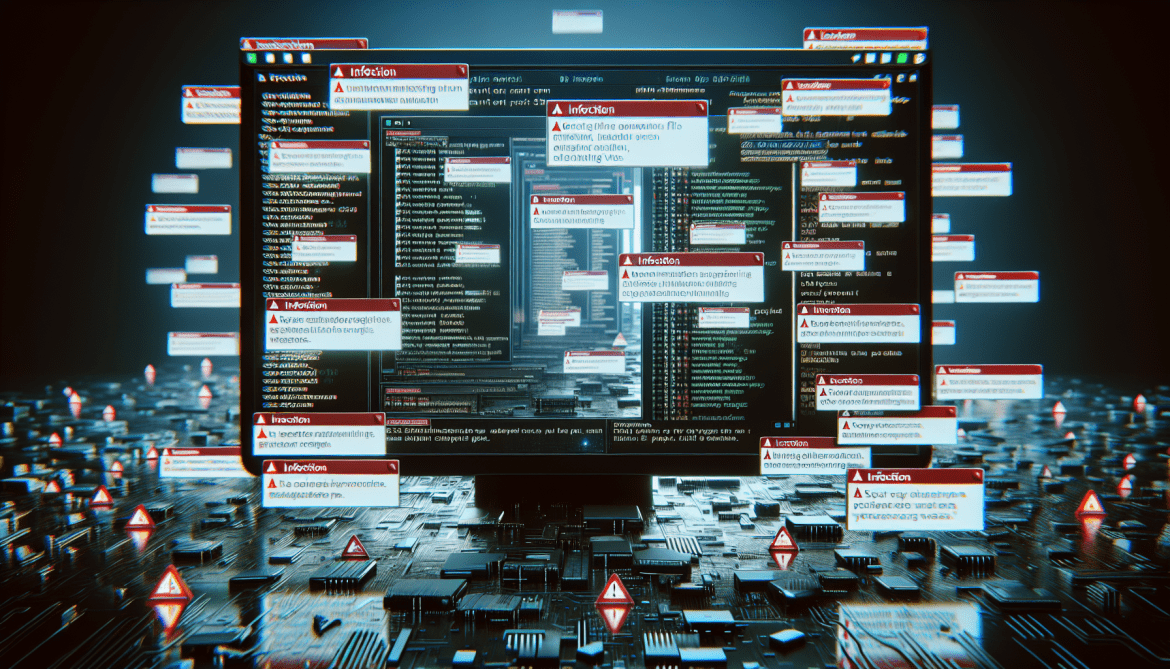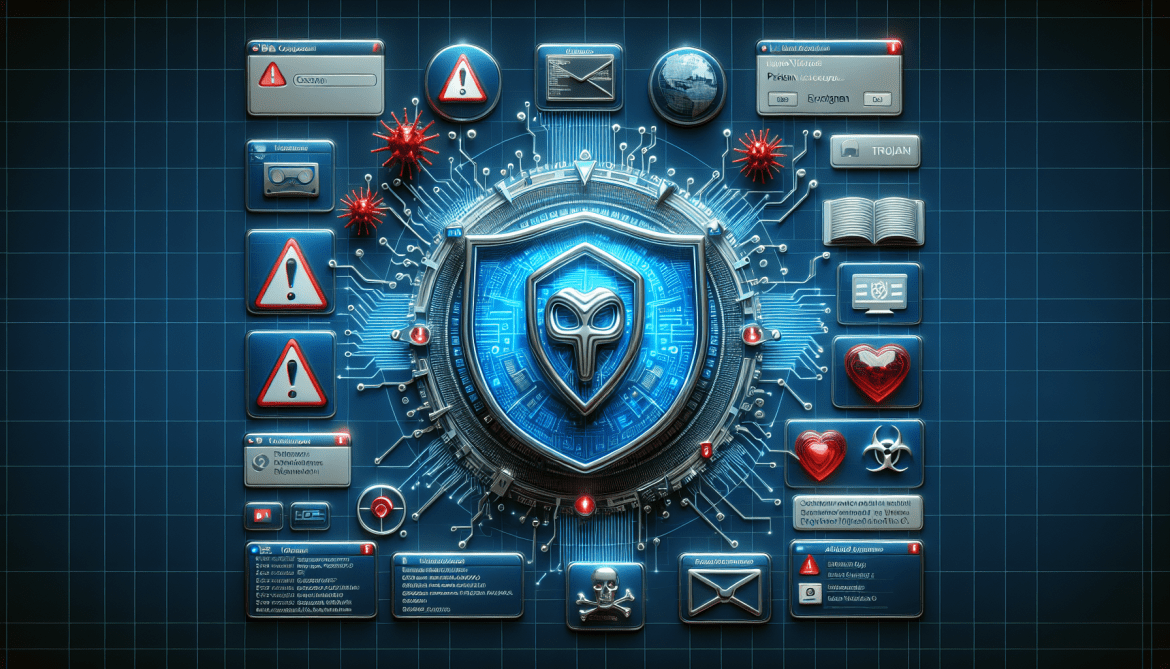Generic.Spyware.Stealer.Dds is a classification given to a type of malicious software (malware) by certain antivirus software. As suggested by its name, this malicious program falls under the category of spyware and stealer, meaning it has capabilities to secretly monitor and collect user’s information, and steal sensitive data.
The main purpose of this kind of malware is typically to gather sensitive data like login credentials, credit card information, or other personal identification information from the infected computers. This information is then used for malicious purposes like identity theft, financial fraud, etc.
Generic.Spyware.Stealer.Dds can infect computers through various methods:
1. Email Attachments: The spyware could be embedded in an email attachment. Once the user opens the attachment, the spyware gets installed on the system.
2. Downloadable Files: The spyware could be hidden within a file that a user downloads from the internet. This could be anything from a software program, a game, a music file, or a video.
3. Malicious Websites: The spyware could be installed on a computer when a user visits a malicious website. These websites often look like legitimate sites but are designed to install spyware on a visitor’s system.
4. USB Drives: The spyware could be loaded onto a USB drive and then installed on a system when the USB drive is plugged into the computer.
5. Software Vulnerabilities: The spyware could exploit software vulnerabilities to install itself on a system. This could happen if the user’s operating system or software applications are not regularly updated.
Once the spyware is installed, it runs in the background, collecting information and sending it back to the cybercriminals. In most cases, the user is unaware that their system is infected, making spyware particularly dangerous.




